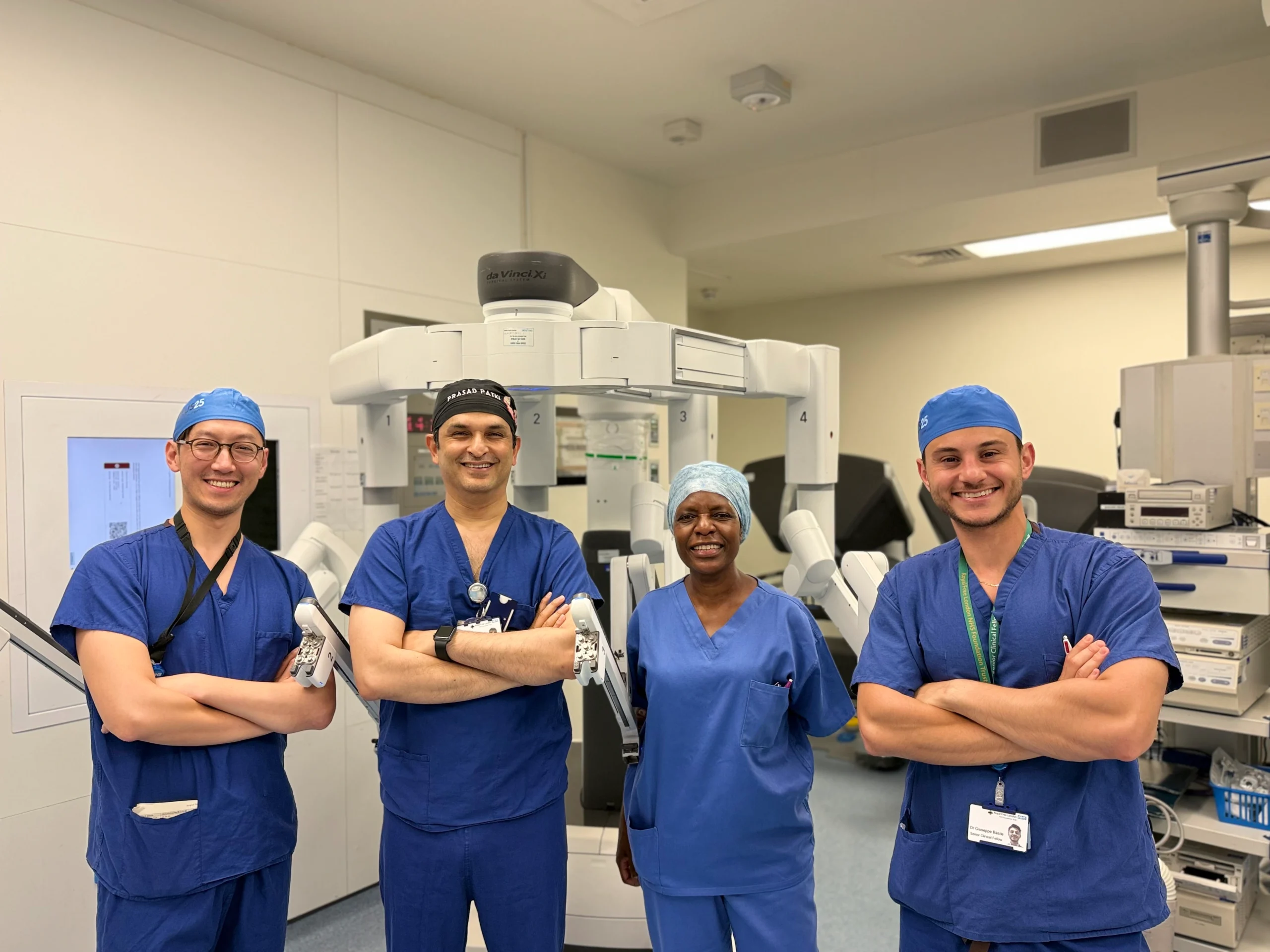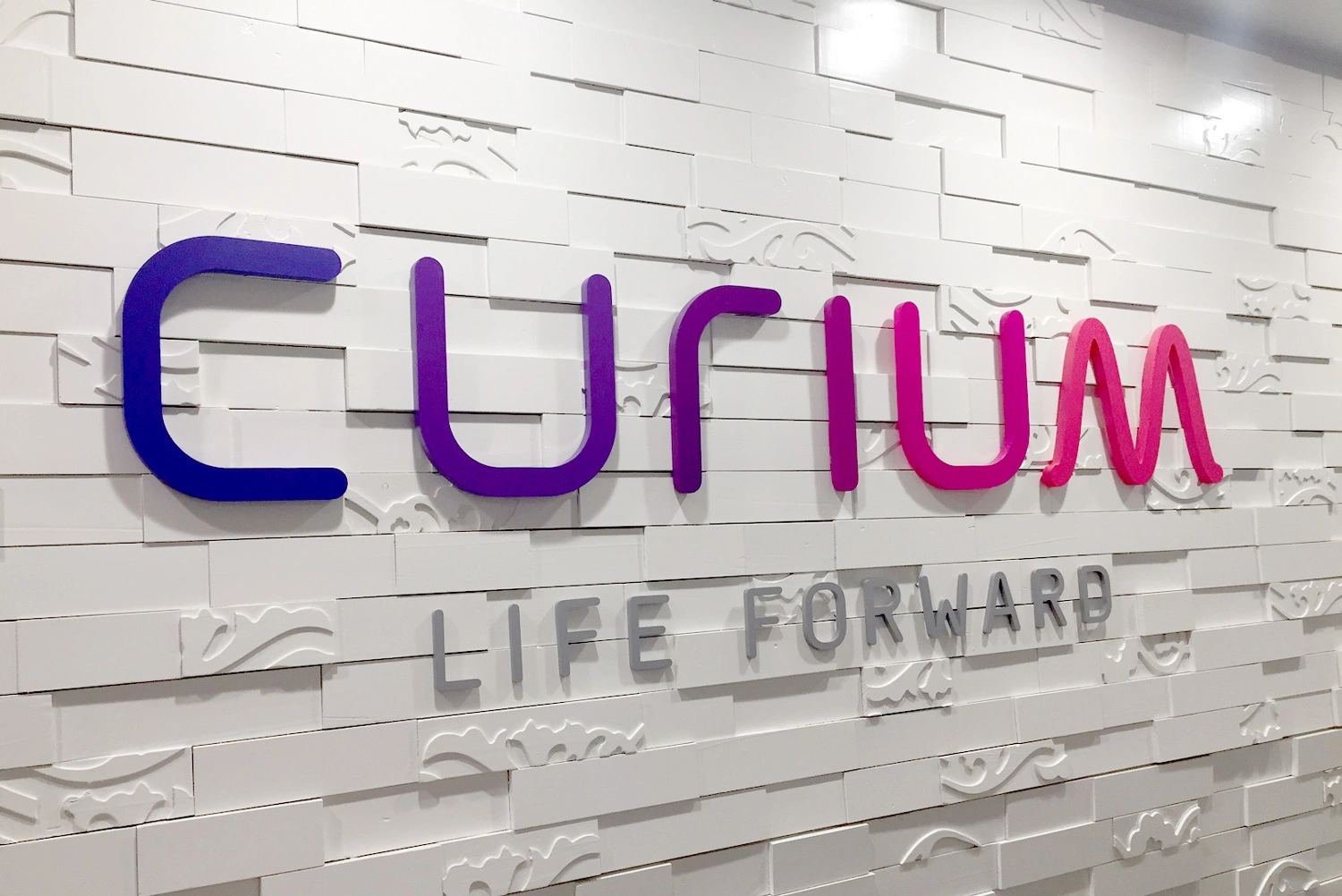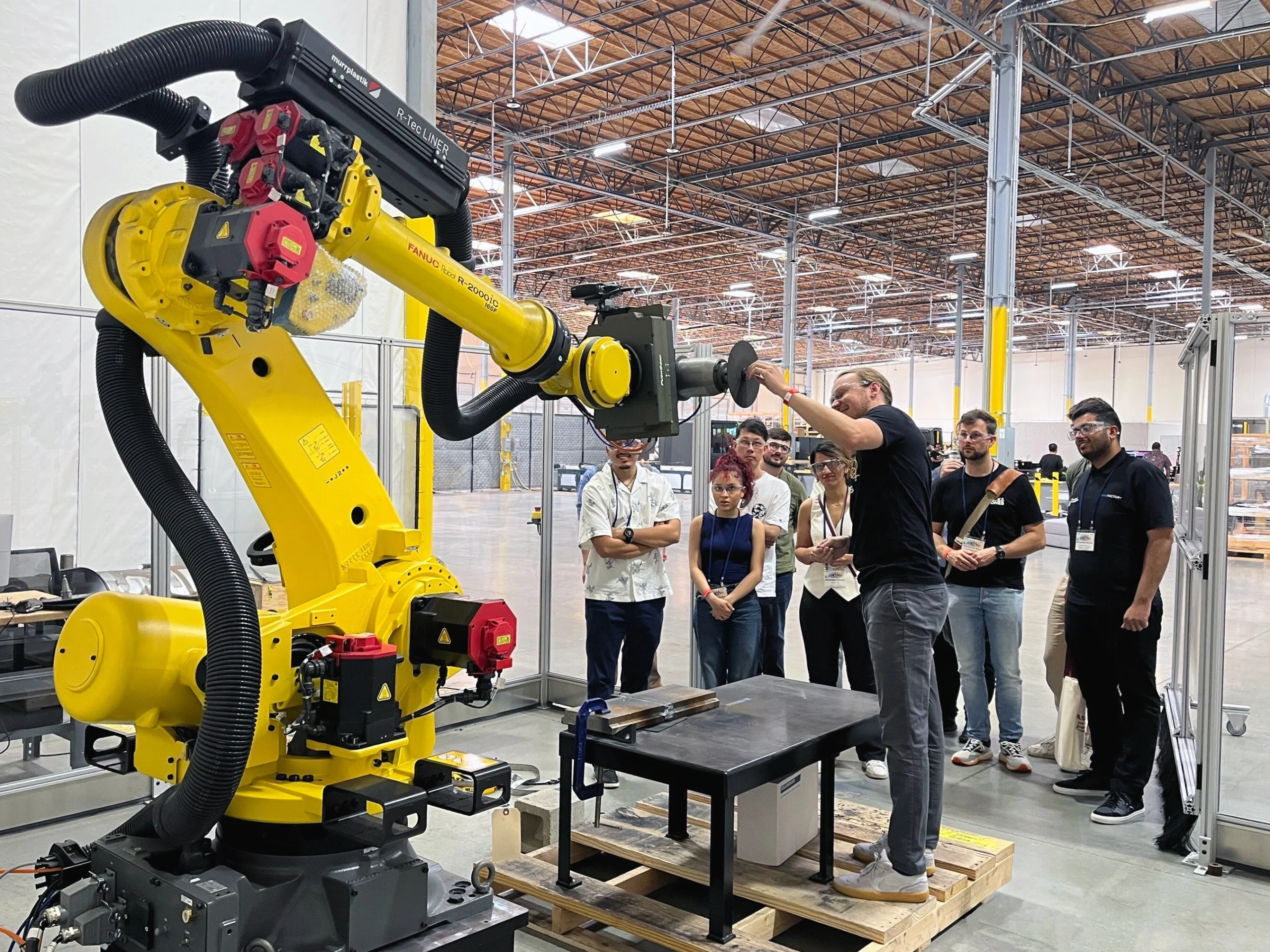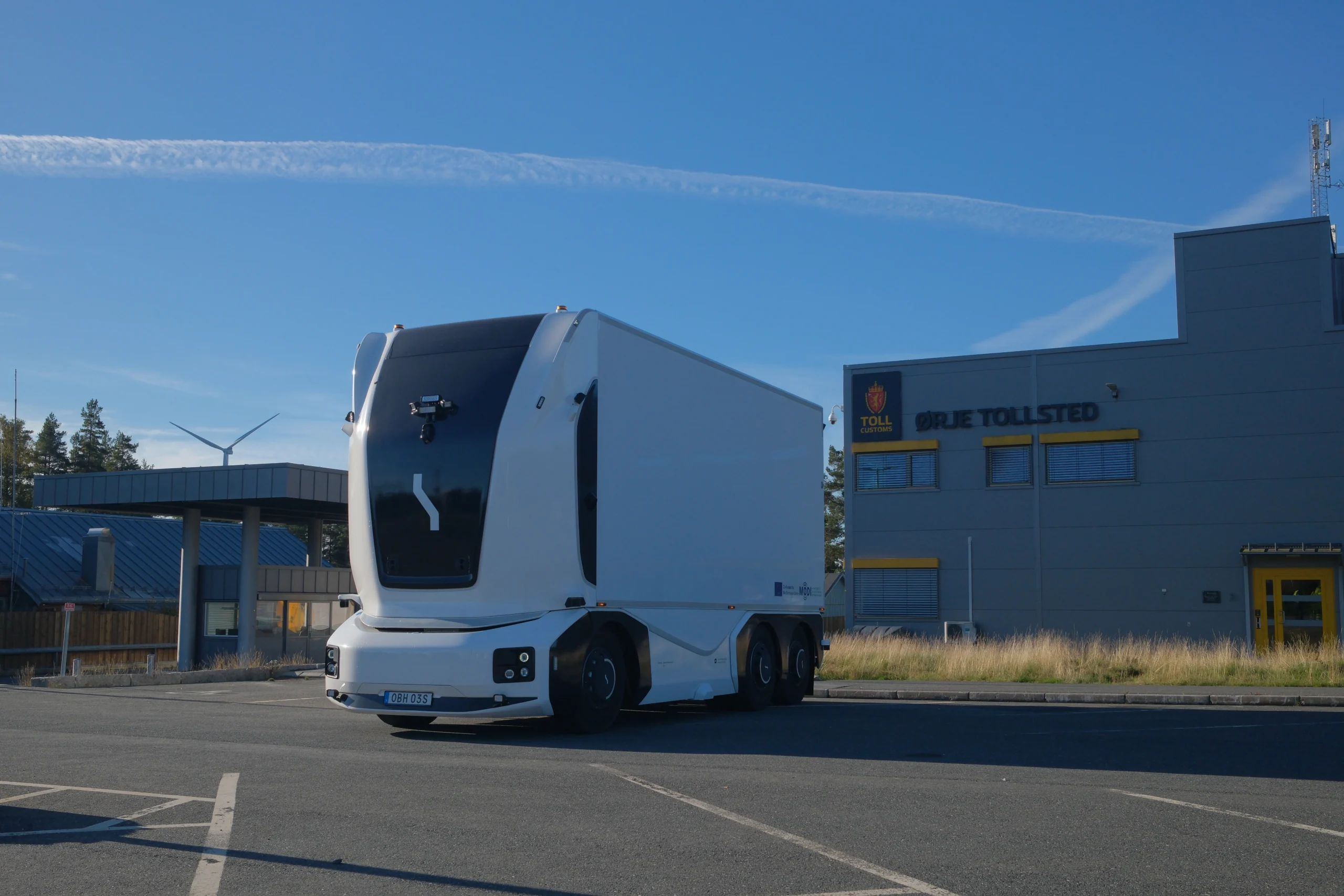Don’t become a digital dinosaur

John E. Kaye
- Published
- Home, Technology

Digital transformation is no longer just a management buzzword, it has become a vital strategy for organisations as they move from the old economy to a new digital reality. The change is driven by consumers, who are living in a digital world with instant access to a universe of goods and services. Accustomed to one-click orders online, users expect the same level of service everywhere, right across the supply chain. Indeed, the here and now has never been more relevant in business.
Operational urgency is required if you want to capture this audience, and Chief Information Officers (CIOs) are fully aware of the trends and challenges. Yet, their agenda is bogged down by the maintenance of legacy apps and change requests, and they don’t have the time to focus on innovation. The best they can offer is to put the required developments on the IT roadmap for the distant future. At Another Monday, we often see issues that need to be tackled urgently delayed by four or five years. There was a time when digital transformation resembled a Mexican standoff – no-one made a move and no-one gained anything. But now, according to Gartner, over 20% of enterprises are accelerating their automation capabilities, and at scale. Doing nothing will make an enterprise about as successful as Kodak.
Although digital transformation is a series of challenges in practice, it has become one of the most pressing issues today, not only for the CIO, but for the enterprise as a whole. Because becoming truly digital will offer unparalleled opportunities. By using robotic process automation (RPA) as a stepping-stone for your digital transformation journey, we see four main, mutually reinforcing advantages:
- Employee satisfaction – Free from mundane tasks, employees will become more motivated to excel.
- Customer satisfaction – Liberated employees now have more time to create a better customer experience and satisfied customers will in turn buy more products and services. This demonstrates how RPA at scale is part of a top-line discussion about growing the company, rather than just a concern over back-office savings.
- Operational excellence and cost reduction – RPA allows you to eliminate human errors, to accelerate delivery cycles and to cope with peak and troughs in demand. It ultimately leads to less mistakes and a more motivated workforce, which will help an enterprise to reduce costs.
- Product leadership – RPA can rapidly obtain information from old legacy systems and enable fast product development in older environments.
In principle, these advantages are nothing new and have been pursued since the dawn of commerce. The difference with RPA is that you can now excel along all four dimensions simultaneously.

Arjen van Berkum, Chief Operating Officer, Another Monday
Versatile solution
One of the key advantages of RPA is that it can work with existing applications and systems, so there is no need for costly investments in systems or infrastructure. It offers enterprises a “mix and match” approach to digital transformation, meaning companies can add state-of-the-art applications to the existing landscape where available or necessary. RPA allows companies to plug these applications in. Just as an example, one of our clients bought a state-of the-art web shop, but had to print out orders because the old (fully operational) warehousing system did not have an appropriate interface – we were able to bridge that gap.
These advantages can be realised fast as RPA offers quick delivery: our implementations take four to eight weeks compared to the years or even decades of traditional IT projects. Eventually, a company is able to buy time: your company becomes more agile with RPA and can react to market demands much quicker. Being more agile frees the CIO from change requests: we see the number of change requests to the IT departments of our clients dropping significantly – this frees up valuable time for the CIO to tackle the real challenges.
However, to reap these benefits, automation has to reach a certain scale to have a positive impact on an organisation. The first thing to look for is stability of the automation solution. Stability creates scalability – if you automate processes, you want to run them without requiring much attention. There is no silver bullet for scalability, but rather a myriad of smaller features, e.g. your automation solution’s ability to handle software updates of the underlying legacy apps. It also helps to “think before you automate”: organisations need to be open to change (or even drop) processes as they are at present to achieve results.
Eventually, automation has to reach the front-office and client-facing processes. This is where the volume is and thus the highest impact. Reaching the front-office requires trust in your RPA application and your implementation partner.
Another Monday has gained substantial experience by building up, and running the largest bot farm in the world.
Further information
www.anothermonday.com
Sign up to The European Newsletter
RECENT ARTICLES
-
 Make boards legally liable for cyber attacks, security chief warns
Make boards legally liable for cyber attacks, security chief warns -
 AI innovation linked to a shrinking share of income for European workers
AI innovation linked to a shrinking share of income for European workers -
 Europe emphasises AI governance as North America moves faster towards autonomy, Digitate research shows
Europe emphasises AI governance as North America moves faster towards autonomy, Digitate research shows -
 Surgeons just changed medicine forever using hotel internet connection
Surgeons just changed medicine forever using hotel internet connection -
 Curium’s expansion into transformative therapy offers fresh hope against cancer
Curium’s expansion into transformative therapy offers fresh hope against cancer -
 What to consider before going all in on AI-driven email security
What to consider before going all in on AI-driven email security -
 GrayMatter Robotics opens 100,000-sq-ft AI robotics innovation centre in California
GrayMatter Robotics opens 100,000-sq-ft AI robotics innovation centre in California -
 The silent deal-killer: why cyber due diligence is non-negotiable in M&As
The silent deal-killer: why cyber due diligence is non-negotiable in M&As -
 South African students develop tech concept to tackle hunger using AI and blockchain
South African students develop tech concept to tackle hunger using AI and blockchain -
 Automation breakthrough reduces ambulance delays and saves NHS £800,000 a year
Automation breakthrough reduces ambulance delays and saves NHS £800,000 a year -
 ISF warns of a ‘corporate model’ of cybercrime as criminals outpace business defences
ISF warns of a ‘corporate model’ of cybercrime as criminals outpace business defences -
 New AI breakthrough promises to end ‘drift’ that costs the world trillions
New AI breakthrough promises to end ‘drift’ that costs the world trillions -
 Watch: driverless electric lorry makes history with world’s first border crossing
Watch: driverless electric lorry makes history with world’s first border crossing -
 UK and U.S unveil landmark tech pact with £250bn investment surge
UK and U.S unveil landmark tech pact with £250bn investment surge -
 International Cyber Expo to return to London with global focus on digital security
International Cyber Expo to return to London with global focus on digital security -
 Cybersecurity talent crunch drives double-digit pay rises as UK firms count cost of breaches
Cybersecurity talent crunch drives double-digit pay rises as UK firms count cost of breaches -
 Investors with €39bn AUM gather in Bologna to back Italy’s next tech leaders
Investors with €39bn AUM gather in Bologna to back Italy’s next tech leaders -
 Axians and Nokia expand partnership to strengthen communications infrastructure across EMEA
Axians and Nokia expand partnership to strengthen communications infrastructure across EMEA -
 Forterro buys Spain’s Inology to expand southern Europe footprint
Forterro buys Spain’s Inology to expand southern Europe footprint -
 Singapore student start-up wins $1m Hult Prize for education platform
Singapore student start-up wins $1m Hult Prize for education platform -
 UK businesses increase AI investment despite economic uncertainty, Barclays index finds
UK businesses increase AI investment despite economic uncertainty, Barclays index finds -
 Speed-driven email security: effective tactics for phishing mitigation
Speed-driven email security: effective tactics for phishing mitigation -
 Short circuit: humanoids go for gold at first 'Olympics for robots'
Short circuit: humanoids go for gold at first 'Olympics for robots' -
 New IBM–NASA AI aims to forecast solar flares before they knock out satellites or endanger astronauts
New IBM–NASA AI aims to forecast solar flares before they knock out satellites or endanger astronauts -
 AI is powering the most convincing scams you've ever seen
AI is powering the most convincing scams you've ever seen



























